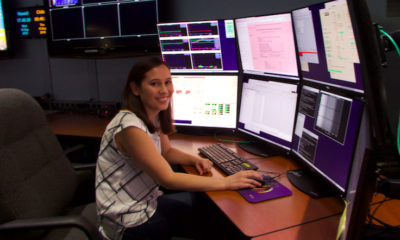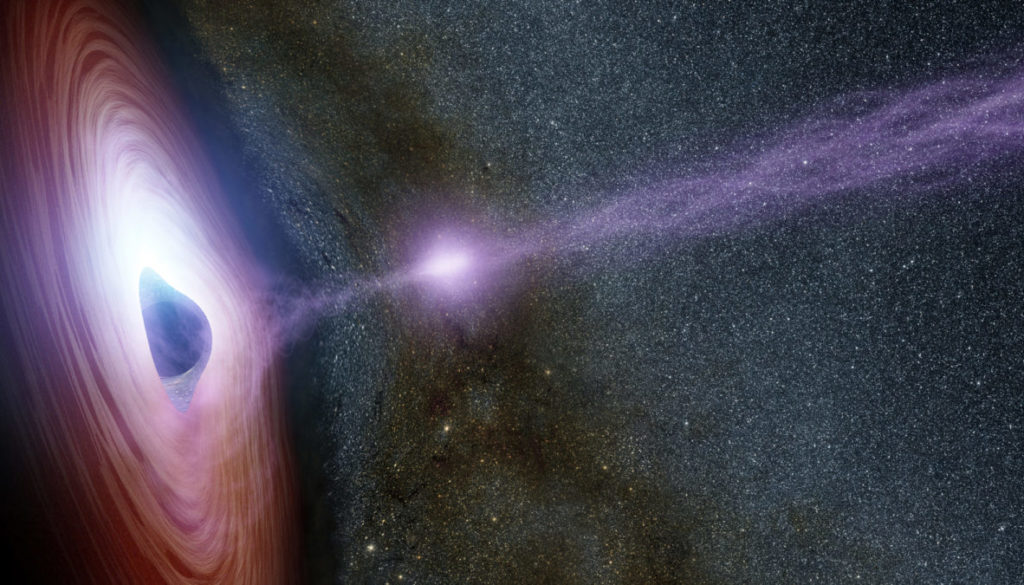Texas A&M Astronomer Explores Connection Between Supermassive Black Holes and Their Home Galaxies
COLLEGE STATION —
Texas A&M University astronomer Jonelle Walsh doesn’t sugar-coat things regarding science’s understanding of the mysterious cosmic phenomenon known as supermassive black holes.

Dr. Jonelle Walsh 
Jonelle Walsh, working to solve the mysteries of the universe while observing at the Gemini North Hilo Base Facility’s Control Room. (Credit: Gemini Observatory.) 
European Southern Observatory image of a nearby galaxy, Centaurus A (NGC 5128), that hosts a supermassive black hole. While Walsh’s team isn’t targeting this particular galaxy, which has already been studied, they are observing similar galaxies. (Credit: ESO.)
The post Texas A&M Astronomer Explores Connection Between Supermassive Black Holes and Their Home Galaxies appeared first on College of Science.



